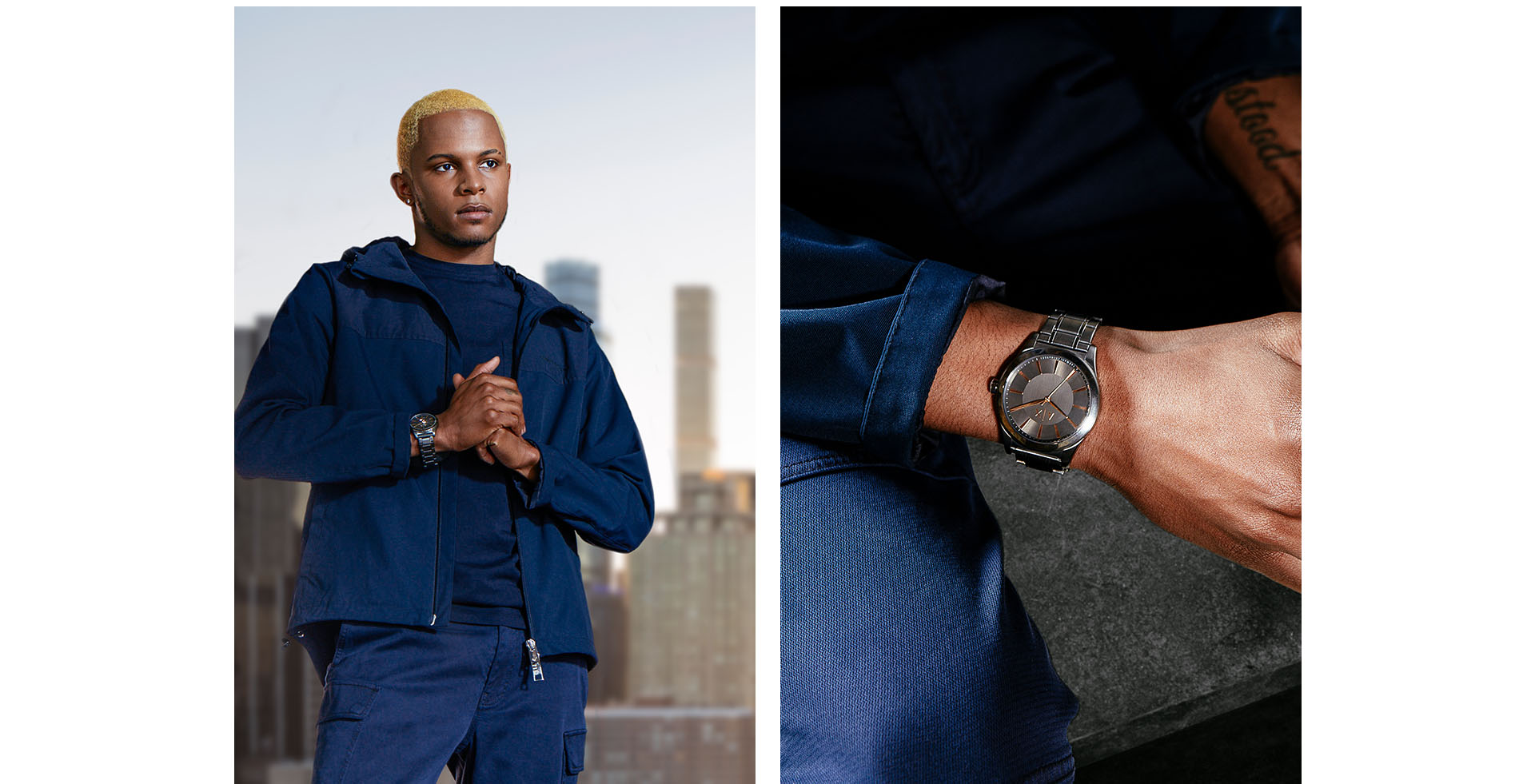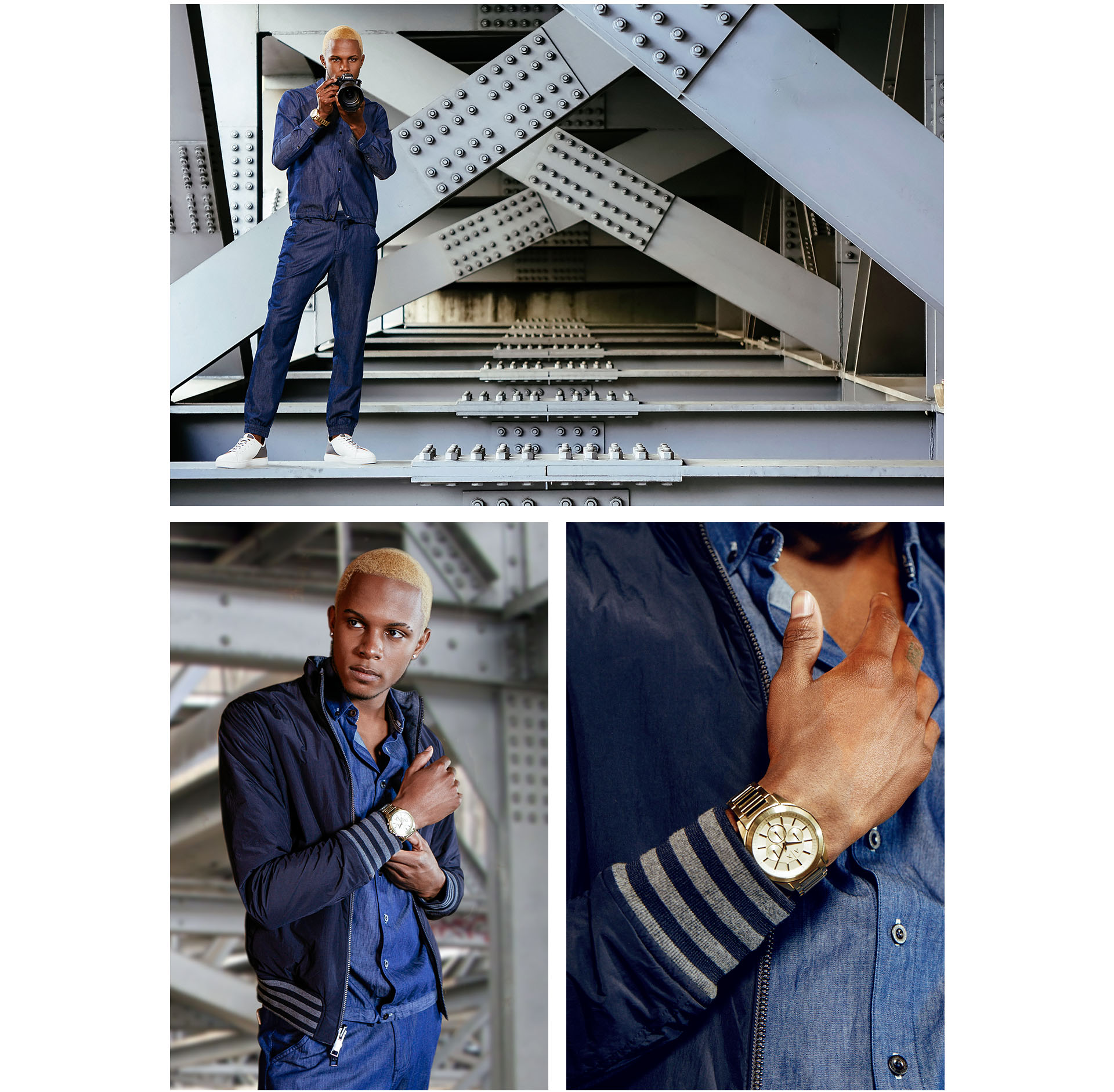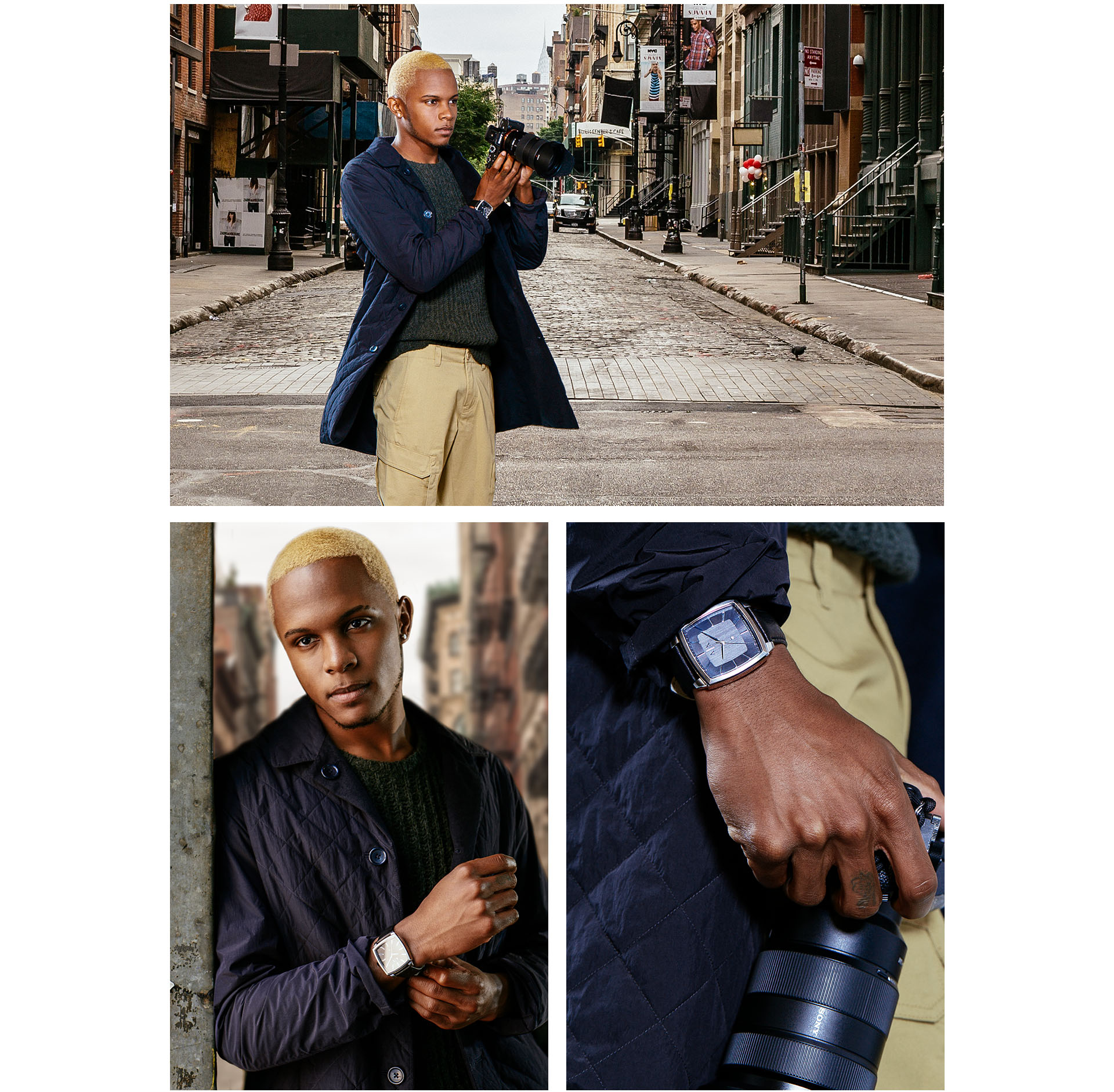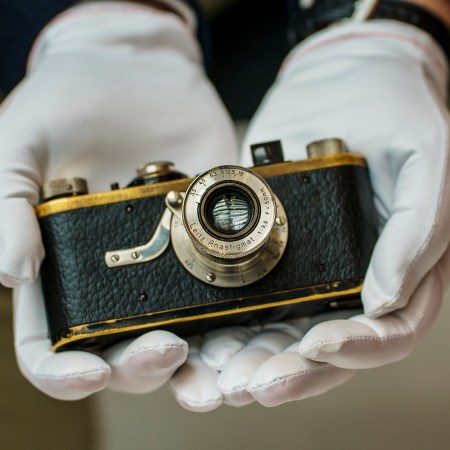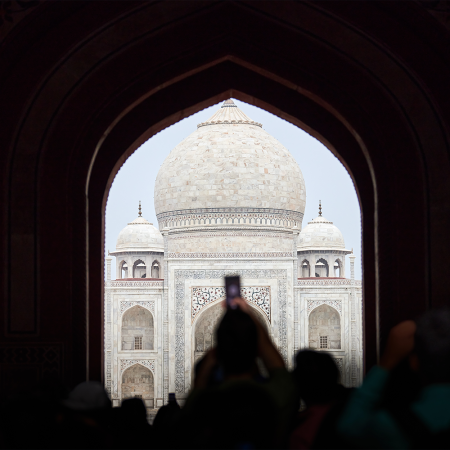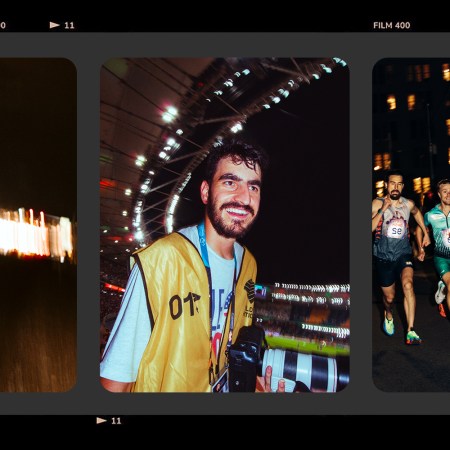 ou know what they say about old dogs and new tricks? Load of hooey, as far as we’re concerned. You can learn ‘em. You can digest ‘em. And you can put ‘em into practice.
ou know what they say about old dogs and new tricks? Load of hooey, as far as we’re concerned. You can learn ‘em. You can digest ‘em. And you can put ‘em into practice.
But first you need a teacher. And when the new trick in question involves climbing suspension bridges to take smartphone photos, it stands to reason that your teacher should be — dare we say — a millenial.
A millenial like Humza Deas, the 20-year-old photographer and urban explorer who documents New York from vantage points typically reserved for the birds.
Below, Deas reveals his favorite places to shoot in NYC, the craziest photograph he’s ever attempted (spoiler: involves the 82nd story) and a few tips for us novices on documenting the concrete jungles that surround us.
Photography by Jesse Untracht-Oakner
InsideHook: As a photographer in NYC, where do you like to go when you need some inspiration?
Humza Deas: No matter what part of the city I’m in, I look for the Empire State Building. It’s a symbol of home for me, my stomping grounds. Another place is Chinatown. I love visiting the LES Skatepark. It’s photogenic and friendly to everyone, whether you’re white, black, yellow, an alien. The people there will welcome you with open arms because that’s the culture: we don’t judge you based on whatever — or whoever — you are. We’re all here for one thing, and we’re all supportive of each other.
 ou know what they say about old dogs and new tricks? Load of hooey, as far as we’re concerned. You can learn ‘em. You can digest ‘em. And you can put ‘em into practice.
ou know what they say about old dogs and new tricks? Load of hooey, as far as we’re concerned. You can learn ‘em. You can digest ‘em. And you can put ‘em into practice.
But first you need a teacher. And when the new trick in question involves climbing suspension bridges to take smartphone photos, it stands to reason that your teacher should be — dare we say — a millenial.
A snake person like Humza Deas, the 19-year-old photographer and urban explorer who documents New York from vantage points typically reserved for the birds.
Below, Deas reveals his favorite places to shoot in NYC, the craziest photograph he’s ever attempted (spoiler: involves the 82nd story) and a few tips for us novices on documenting the city around us.
Photography by Jesse Untracht-Oakner
InsideHook: As a photographer in NYC, where do you like to go when you need some inspiration?
Humza Deas: No matter what part of the city I’m in, I look for the Empire State Building. It’s a symbol of home for me, my stomping grounds. Another place is Chinatown. I love visiting the LES Skatepark. It’s photogenic and friendly to everyone, whether you’re white, black, yellow, an alien. The people there will welcome you with open arms because that’s the culture: we don’t judge you based on whatever — or whoever — you are. We’re all here for one thing, and we’re all supportive of each other.
 ou know what they say about old dogs and new tricks? Load of hooey, as far as we’re concerned. You can learn ‘em. You can digest ‘em. And you can put ‘em into practice.
ou know what they say about old dogs and new tricks? Load of hooey, as far as we’re concerned. You can learn ‘em. You can digest ‘em. And you can put ‘em into practice. 
